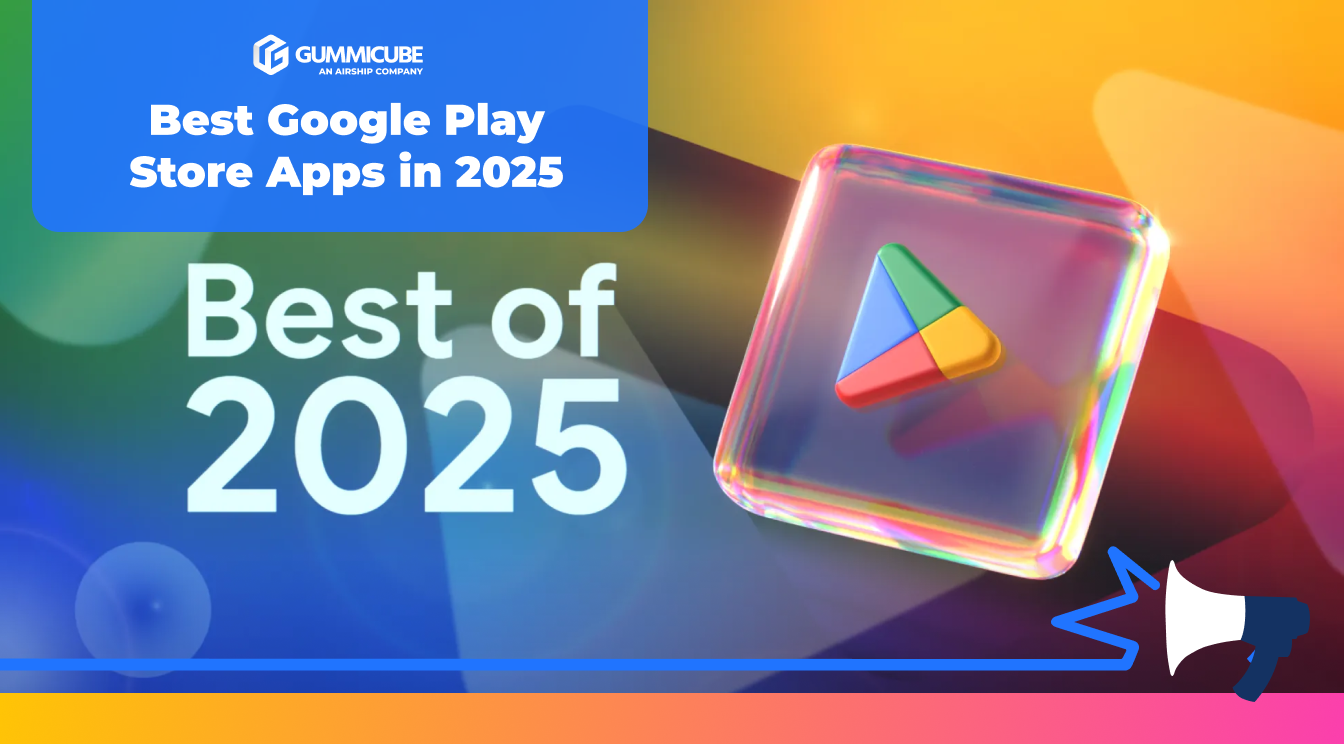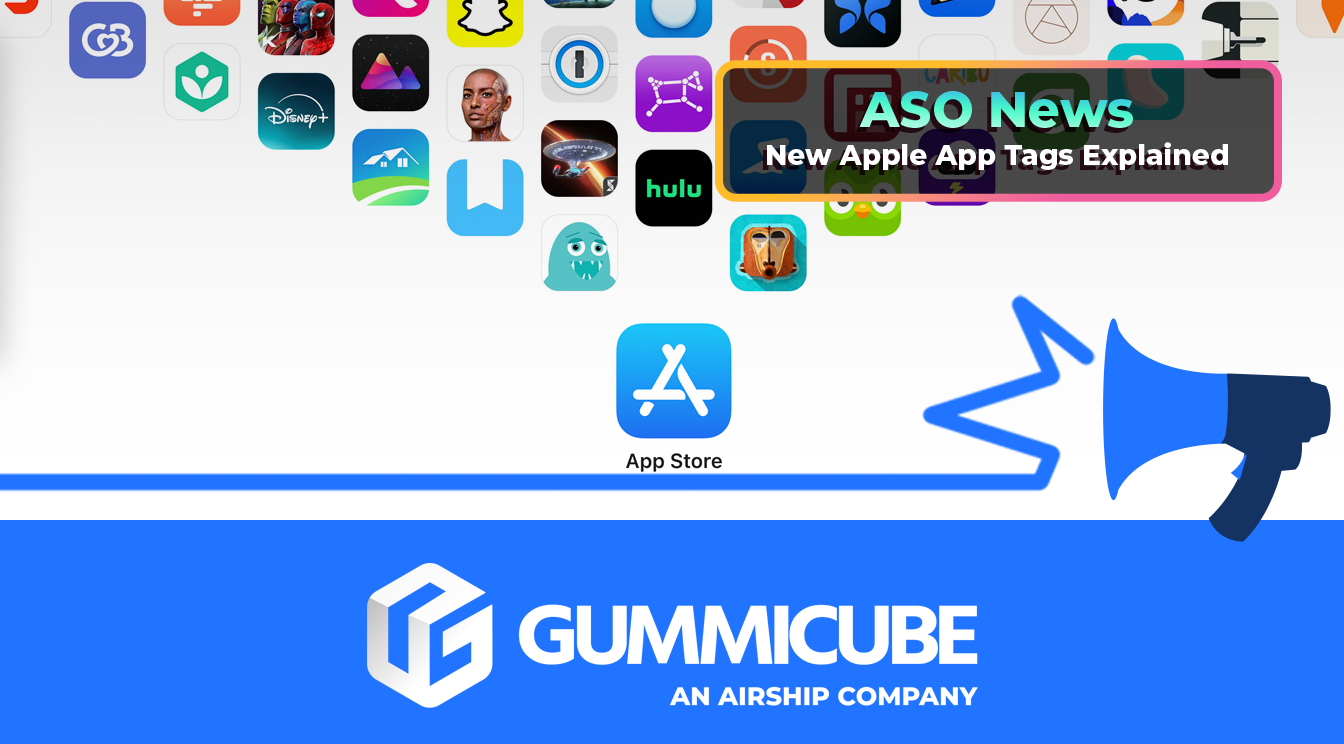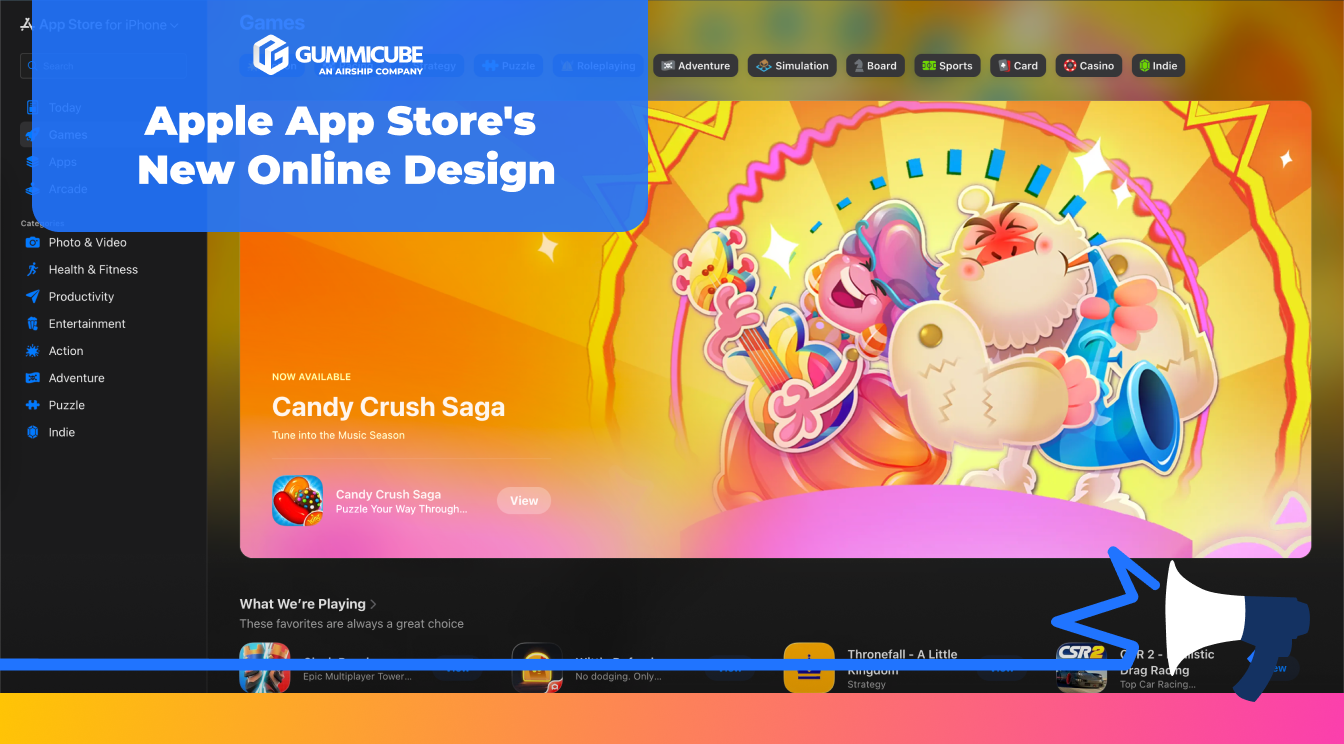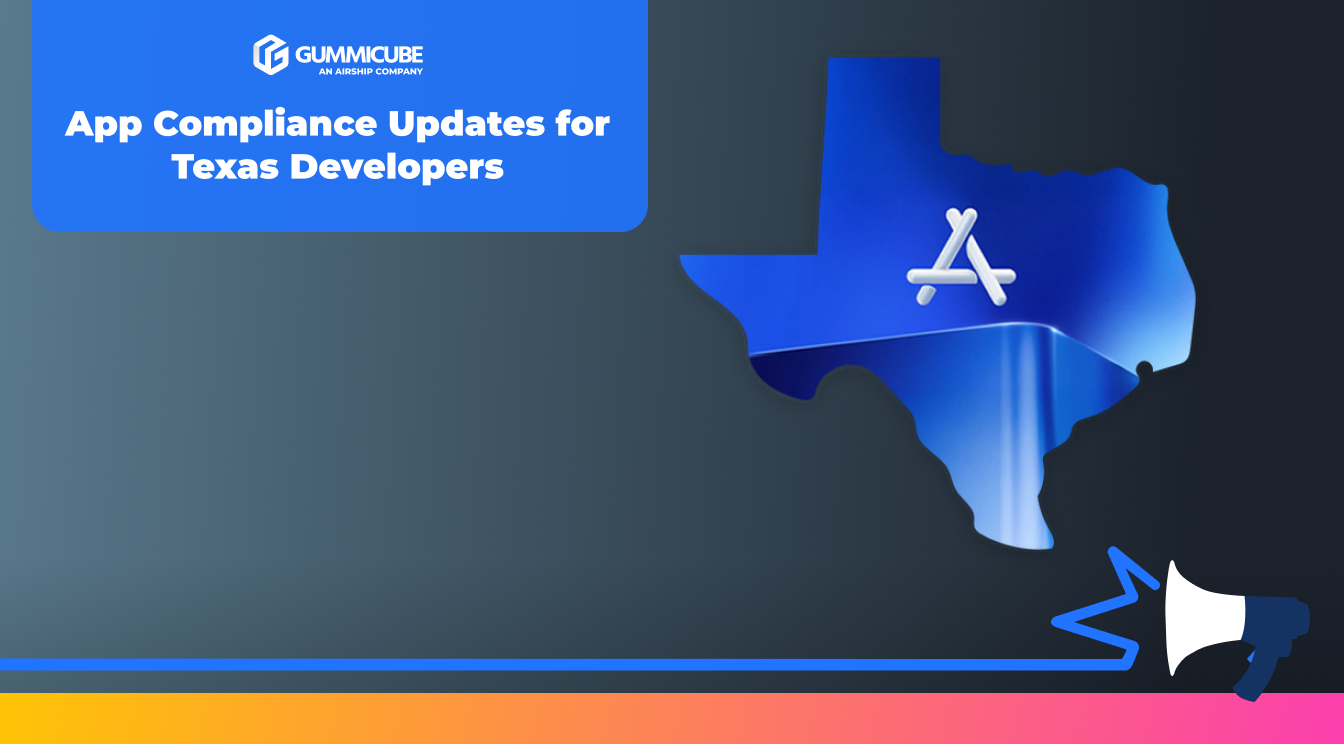
Best Google Play Store Apps in 2025
Posted on November 26th, 2025
The Google Play Best of 2025 winners highlight a diverse digital landscape. But even the most exceptional apps can struggle without a data-driven ASO.

Apple is introducing a new App Store feature called App Tags, designed to highlight key characteristics of an app directly within the Search Results view. This update, while still in early stages, signals a potential shift in how apps are discovered and indexed across the store. Tags are short, glanceable terms that may offer users a faster way to identify relevant apps tied to specific needs or interests.
As of now, App Tags have not rolled out to all developers and are not fully implemented across the App Store. Tags currently appear in limited placements and are not yet interactive. Apple has confirmed this is part of a gradual rollout, with the feature expected to expand into more areas of the storefront over time.
Because the feature is still evolving, its full impact on App Store Optimization (ASO) is not yet clear. Developers and marketers are monitoring how tags are generated, how they may influence discoverability, and what role they could eventually play in conversion and user behavior. While some information has been made available through Apple’s documentation, there are still many unknowns.
This week’s ASO News outlines what we know so far, who has control over App Tags, and how App Tags may tie into broader ASO strategies in the future.
App Tags are glanceable, descriptive terms that help users quickly assess the focus or function of an app. These tags now appear in App Store Search Results, displayed beneath the app’s subtitle. They may also roll out to Product Pages in the future, based on Apple’s documentation.
The feature appears intended to give users a clearer path to discovery. For developers, these tags represent a new opportunity to engage users at the earliest stage of search.
From Apple’s current design, tags are positioned visually beneath the app subtitle. They are not yet clickable, but Apple has shared plans for them to eventually lead to curated pages or stories that group apps with similar tags. That structure would create a new way for users to explore apps tied to specific intents or use cases.
Tags are generated by Apple through a mix of metadata parsing, AI modeling, and human curation. Developers cannot input their own tags directly, but they can select which of Apple’s suggested tags they would like to appear on their listing through App Store Connect.
Apple has not shared the exact logic behind how tags are generated, but early analysis points to several sources that may influence tag generation:
The system appears to prioritize user-facing terms that communicate purpose, function, or utility.
Developers have some control over tag selection, but not generation. When Apple assigns potential tags to your app, you can select which of those tags appear publicly in your listing. You cannot submit new tags or request specific ones.
Here’s what’s currently possible:
Because tags are generated from metadata and behavioral signals, modifying your app’s metadata fields may impact what tags become available over time. This creates a window for testing metadata changes as part of your broader ASO strategy.
App Tags appear in the App Store’s Search Results. When a user searches for a relevant term, apps in the results may show a row of tags beneath their subtitle. These tags are not currently tappable, but Apple has stated they will eventually become interactive.
Apple’s documentation indicates that App Tags will display in the Search tab and the Product Page, though not all placements are currently live. In the final visual format, App Tags will sit below the app subtitle and above the screenshot carousel, giving them strong visibility within the listing.
Based on observed patterns and limited Apple documentation, here’s a summary of what is currently known about App Tags:
Developers testing listings over time may see tag options change in response to shifts in metadata. This opens the door for iterative updates as part of ongoing ASO strategies.
The ability to manage tags in App Store Connect is still in the process of rolling out. As of this writing, not all developers have access. Once fully deployed, the tag selection feature will appear under the App Information section in App Store Connect.
For now, here is what to expect:
It’s worth checking regularly to see if your app has been added to the rollout. As with other App Store features, this may be staggered across regions, categories, or account types.
App Tags are not a replacement for traditional ASO fundamentals, but they represent an additional layer of search visibility. Developers who treat tags as part of their metadata strategy may find new opportunities for alignment with search trends and user behavior.
Tags offer two potential key advantages:
Since Apple has connected tag generation to metadata, keeping your listing updated with the right terms can create more chances for your app to be aligned with relevant tags.
Even with the introduction of tags, ASO success still relies on a strong foundation. Core app listing elements like metadata, visual assets, and keyword research continue to drive tapp visibility and conversion rates
.
Your title, subtitle, and keyword bank remain the most influential fields in App Store search. These should reflect user intent, include high-volume terms, and accurately describe the app’s function.
If more users are finding your app because of keyword alignment, you create more chances for downloads. Adjusting metadata also allows for experimentation, which could influence the tags Apple assigns in the future.
Visuals play a critical role in converting users. When someone sees your app in Search or on a Product Page, the first three screenshots often determine whether they click or scroll past.
Here’s what works best:
App screenshots should not bury key features in slides seven through ten. Your core value needs to be obvious within the first few images so users can understand it quickly and take action.
App Tags are shaping up to be an important new component of how the App Store presents and recommends apps. While still early in rollout, this feature hints at Apple’s broader strategy for improving app discovery through glanceable, intent-driven elements.
Developers should continue refining their ASO strategies while paying attention to how tags appear and evolve. Though direct control over tags is limited, strong metadata practices can influence which options become available. Keeping listings relevant and optimized sets your app up for more visibility as this feature becomes more widely adopted.
As always, proactive testing, clear messaging, and thoughtful creative assets remain central to ASO success. App Tags now add another angle to that effort.
Need help analyzing which metadata changes might influence the tags Apple assigns to your app? Gummicube’s ASO services are backed by real mobile data and years of experience working with App Store features as they evolve.
Reach out today to learn how our ASO services can help your app stay ahead in a rapidly changing store environment.

The Google Play Best of 2025 winners highlight a diverse digital landscape. But even the most exceptional apps can struggle without a data-driven ASO.

Apple’s redesigned App Store web interface reflects a broader trend toward unified, multi-surface discovery. Read more to see how this effects app visibility.

The new guidelines for Texas App Store developers underscore the value of clear audience targeting, consent management, and age-appropriate user experiences.